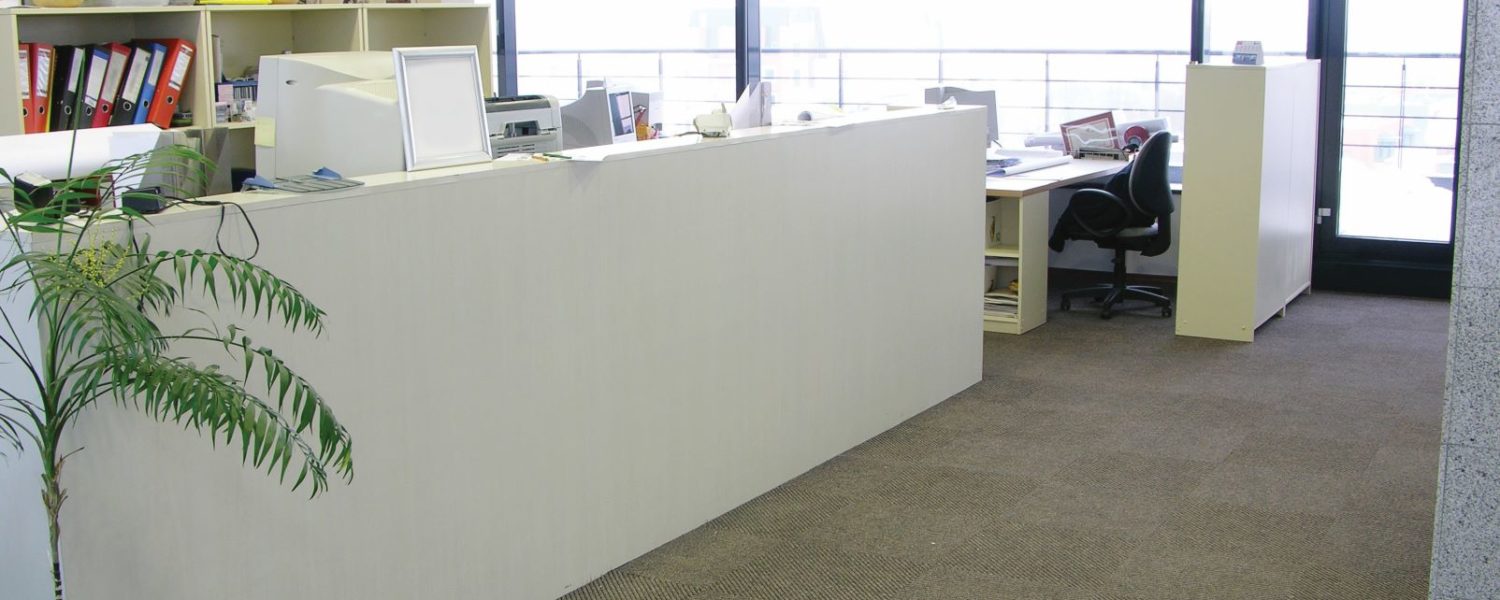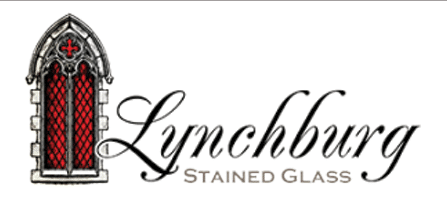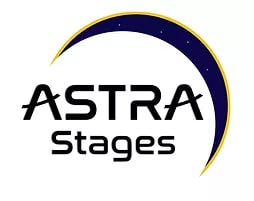This article originally appeared in the January 2011 issue.
This article is courtesy of Lifeway Christian Resources, www.lifeway.com.
Does the layout of your church’s office help or hinder the work of the staff? Could you be more effective as a ministry assistant if your space was better arranged? What impression does the office have on people seeing the space for the first time?
These issues do matter and should be given as much attention as any other area of the church’s work. How can you change your work area to provide the best working environment?
Consider these four issues affecting the office space that will have an effect on those who work there: security, confidentiality, systems, and ergonomics.
Security
In some cases, a secretary or ministry assistant may be the only person in the building during certain hours of the day, and efforts must be made to provide a secure work place for people who occupy the building.
The church should be open to those who have a need to be there, but should offer security for the people who work there. Achieving this balance is difficult, but not impossible.
Obviously, the best method is to be able to personally monitor the entrances and control who gains entrance. This would require the office to be located close to the entrance; if the church is undergoing renovation, the office complex can be located so as to solve this security issue.
Otherwise, a security system should be installed allowing the staff to monitor entrances and control who enters the building. Video cameras are quite inexpensive today; however, such a system, along with electronic locks, can afford more complete control of access to the building.
Confidentiality
The items of information handled by the ministry assistant can be highly sensitive and should not be available for viewing by casual visitors to the office; therefore, your work space should offer a degree of privacy in the manner in which the space is designed. If this is not the case, the orientation of the desk and work space may offer a partial solution, to avoid viewing by someone who might visit your desk during the time you are working.
A lockable storage area should be included as part of the work area, either as a stand-alone unit or as a wall-mounted accessory for the cubicle system. A separate, lockable workroom should be included in the design of any new office space.
File storage is often a difficult issue, since files should be stored out of the way and still be convenient for retrieval. If possible, a file storage room should be a part of the office layout. Such a room should be accessible to the main office area, and should be lockable for security. Smaller churches may not need so much file space, and can locate files in an alcove or other space out of the main traffic flow. In this case, filing cabinets should have locks.
Systems
Many church buildings have far less electrical outlets than needed for the various electronic and electrical items that are a necessary part of the typical office today. A survey should be made to determine the best place for each piece of equipment and an outlet should be installed there. New wiring can be installed on the face of existing walls, eliminating the need for costly repairs.
Often, the handy extension cord is used as a replacement for convenient outlets. If rewiring the building is not an option, at least use extension cords heavy enough to handle the needs of the equipment, and have some type of surge protection built into the cord. The wires in the cord should be at least 16 gauge in size to carry adequate current. In either event, the house and grounds committee, or other groups in the church with oversight responsibility, should be informed of the equipment needs for more electrical outlets.
Temperature control is a touchy subject in a space occupied by two or more people. However, environmental control should provide a level of temperature and air changes acceptable to the people who inhabit the space, within a reasonable range. Where this is not the case, the ability to work at top efficiency is reduced. If the heating and air conditioning equipment is not functioning effectively, the church should take appropriate steps to remedy the situation.
While some equipment, such as computer, printer, and scanner, will need to be located at your desk, other equipment that is not used as frequently should be located in the workroom. This will reduce clutter, provide access for others in the office, and provide a more appropriate work area. Make a list of all the equipment in the office and the frequency of usage, or the similarity of tasks performed. This will help in determining what equipment should be located where.
For example, bulletin printing takes place once a week and requires computer graphics equipment, as well as printing systems. While the graphics and text tasks are handled at your desk, the printer for this task should be located in another room due to noise and the need to have bulk paper storage close by.
Ergonomics
Ergonomics is the science of work and the ways in which tasks can be carried out more efficiently and with less strain or stress. Not only should your desk and chair be designed to enhance your work, but also the other features of your environment should be agreeable to your needs.
For example, general lighting should be adequate to the office environment, and adequate task lighting should enhance the overall lighting scheme with added emphasis on your work area.
Lights should be placed to eliminate shadows and glare on the work surface. Most offices have fluorescent light fixtures for general lighting, but you may need to add an incandescent lamp for task lighting to counteract the “flicker” common to fluorescent light.
A great deal of attention is being focused on the problems of work-related injuries, especially repetitive motion injuries such as carpal tunnel syndrome. New types of office equipment are being introduced to help alleviate this problem, so you may want to evaluate your current equipment and patterns of usage to see if upgrades need to be made.
For example, wrist supports are offering some level of relief for people who spend a great deal of time typing on computers. Chair heights, placement of equipment on or around your desk, or any other aspect of the work area that makes access awkward should be evaluated and corrected.
An efficient work area can make your ministry more rewarding and make you a more efficient worker. So, the effort necessary to eliminate some of these problems will be well worth the time and effort. Problem areas in churches often go unattended because no one is aware that a problem exists.
So, develop a plan, make your needs known, and encourage the church to provide the best office area possible.













